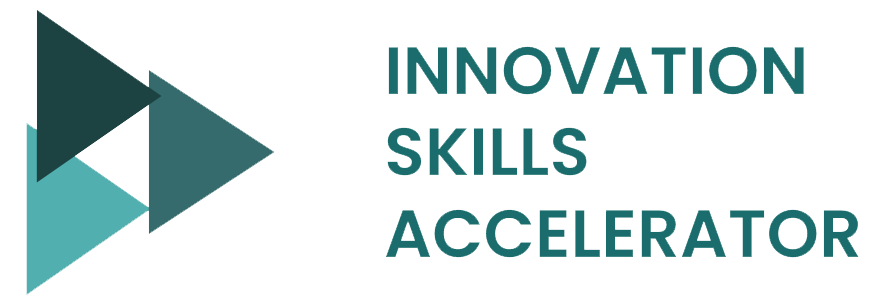Correct! A key advantage of data collaboratives is that they create mutually beneficial arrangements that incentivize the voluntary sharing of private sector data.
Sorry, that’s incorrect.
Correct! This is a common type of data collaborative where corporations and other important dataholders group together to create shared data resources via “data pools”. With so much data being generated and held by the private sector - such as online purchasing, web searches, mobile phone records and satellite location data - they can be a powerful resource for solving a public problem.
Unfortunately, that’s not correct. Hint: It’s the simple act of sharing data that defines this type of collaborative.
That’s right! Generating insights and improving their reputation can be powerful incentives for private companies to participate in a data collaborative but they are not what we would describe as a type of data collaborative. In contrast a), c), and d) ARE types of data collaboratives focusing on building technical device (e.g. a dashboard or an app), supporting software product development and data analytics, and academic research, respectively.
Sorry, that’s not correct. There’s one here that’s not a type of data collaborative but is better described as an incentive for participating in a data collaborative - the rest ARE types of data collaborative.
You're right but there's more to this answer. Please try again!
That’s correct! In this type of data collaborative corporations share data with a limited number of known partners. For example, we discussed Social Science One, which brokers academic researchers access to Facebook data.
Sorry, that’s not correct. That may be a feature of this type of data collaborative though. Hint: We’re looking at the level of confidence owners and users of data might have in each other and how we might remedy circumstances where that discourages collaboration.
That’s right! Paying for data can be a legitimate means to incentivize private sector participation in a data collaborative, especially in business to business and business to government arrangements. However, we also need to be mindful of available resources and we should abide by the principles of openness and transparency whenever we pay for data.
Unfortunately, that’s not correct.
You're right but there's more to this answer. Please try again!
That’s right! Building new partnerships around data sharing to derive value from socially responsible behavior, similar to that sought through traditional philanthropic efforts, can be an important incentive for some corporations to participate in a data collaborative.
Unfortunately, that’s not correct. Hint: Sometimes corporations can benefit from simply doing a public good.
You're right but there's more to this answer. Please try again!
Correct! The benefits of a data collaborative can include access to technical skills in organizing and analyzing data while also giving employees the opportunity to work on projects they can find more meaningful and of personal interest.
Sorry, that’s not it. Hint: We’re looking for skills specific to a data collaborative.
You're right but there's more to this answer. Please try again!
Correct! A data audit can help you to understand how useful the data you already have access to is and will inform your search for external data sources (i.e. data you need but don't have). Another consideration is what data science skills you have or don’t have. When your assessment of supply is complete you can see if there’s a suitable match with the demand side, which will indicate if your data collaborative can be effective.
Sorry, that’s not correct. Hint: First we need to understand what data we do and don’t have.
You're right but there's more to this answer. Please try again!
Correct! One of the key steps in setting up a data collaborative is to identify risk, plan to mitigate it, and make provision for this in your budget. Then you’re ready to outline the steps you will take in an implementation memo and prepare a communication strategy.
Sorry, that’s not correct. This step comes soon after.
You're right but there's more to this answer. Please try again!
That’s right! All of these are important things to consider - and focusing on them can you help to maintain existing and/or secure new funding for the work.
Sorry, there’s more to this answer.
You're right but there's more to this answer. Please try again!

